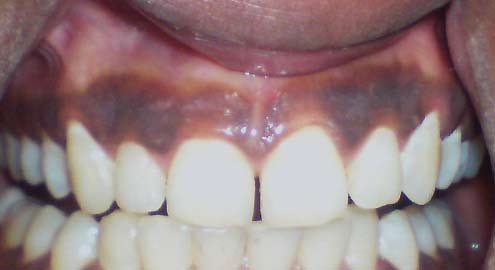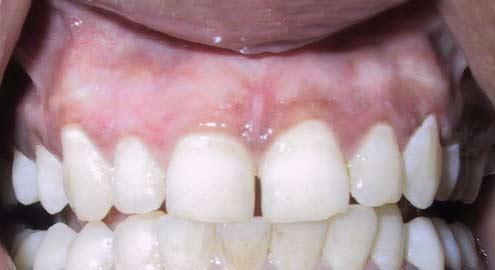Laser dentistry is a domain where various lasers are used for dental procedures as a single treatment or as an adjunct to ongoing treatment.
A laser is a high-tech machine emitting a particular wavelength of light which depends upon the type of laser. This laser light can be used for various purposes like cutting, coagulating, healing, disinfection, teeth whitening or bio-stimulation. Lasers add great value to cosmetic and general dentistry by making the procedure painless, bloodless, quick and in most cases without injection. Dentists and patients mandatorily wear protective glasses during all laser dental procedures for protecting the eyes.


